Growing plants indoors can bring a touch of nature into your home, improve air quality, and add aesthetic appeal to any space. However, indoor gardening comes with its own set of challenges. Here are some tips to help you successfully grow plants indoors and create a lush, thriving indoor garden:
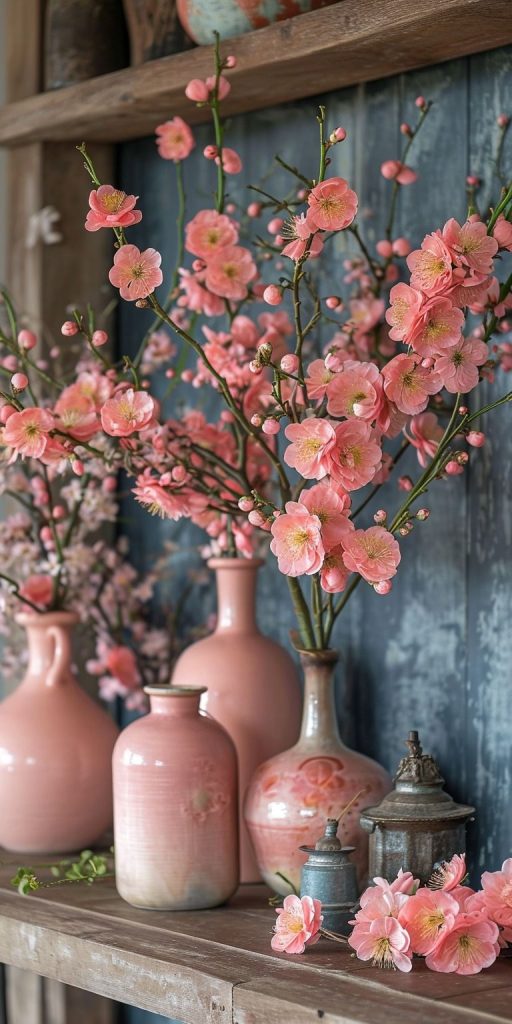
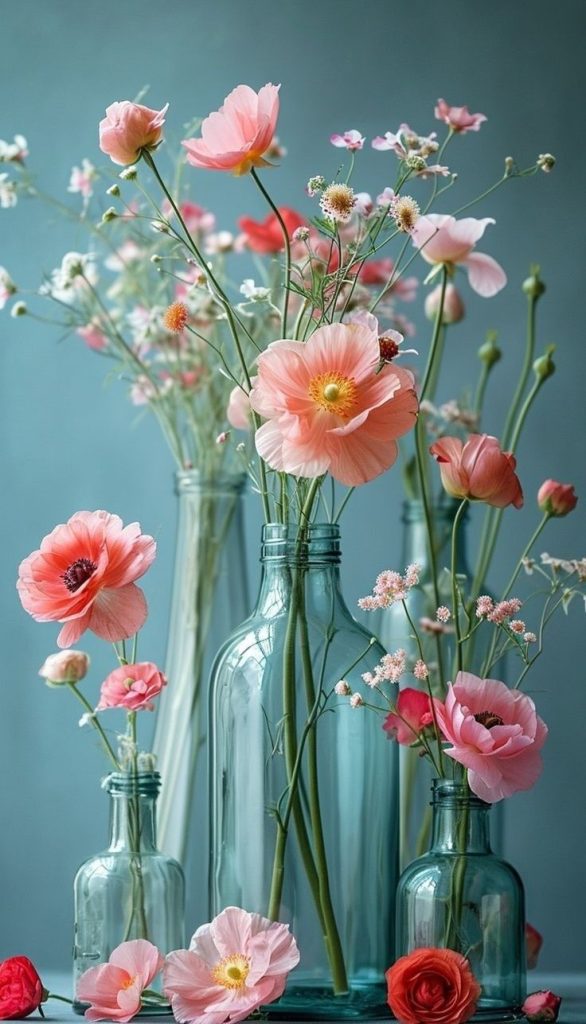
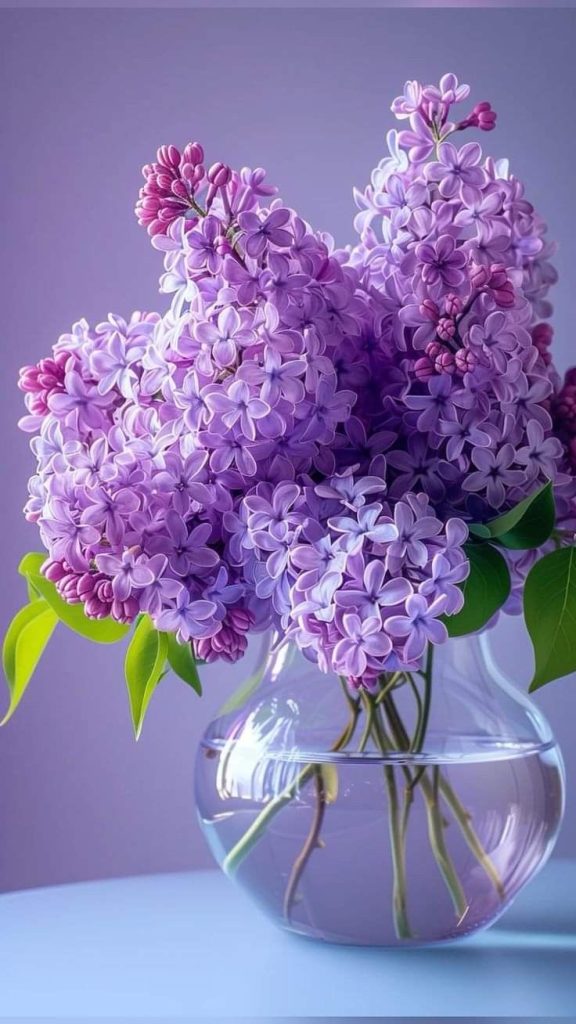
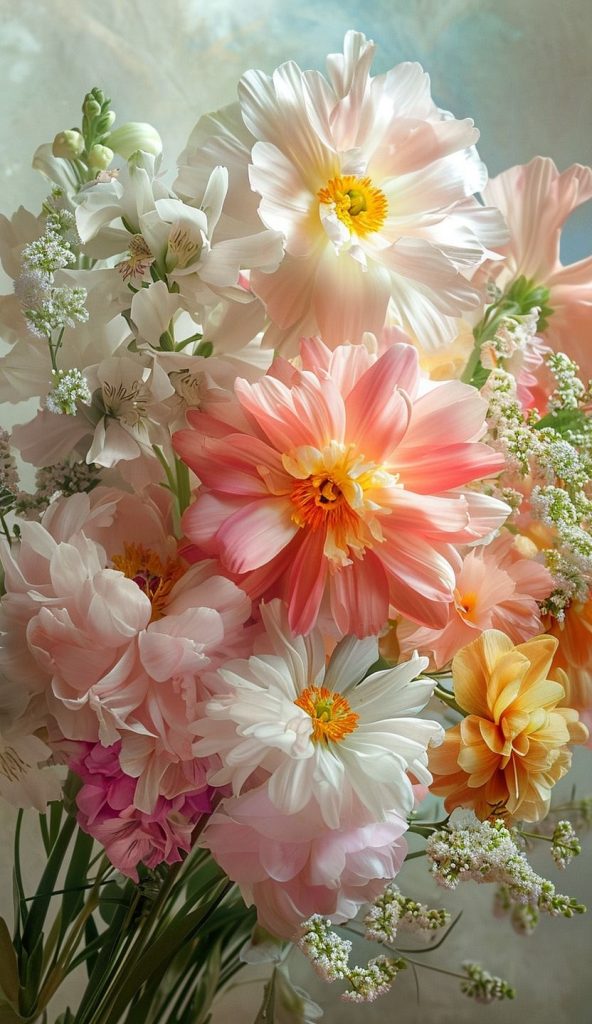
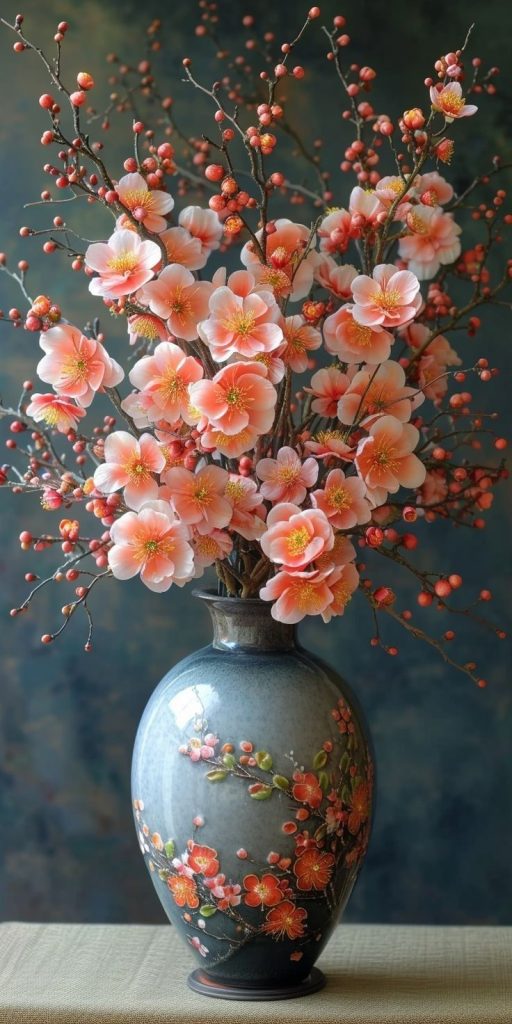

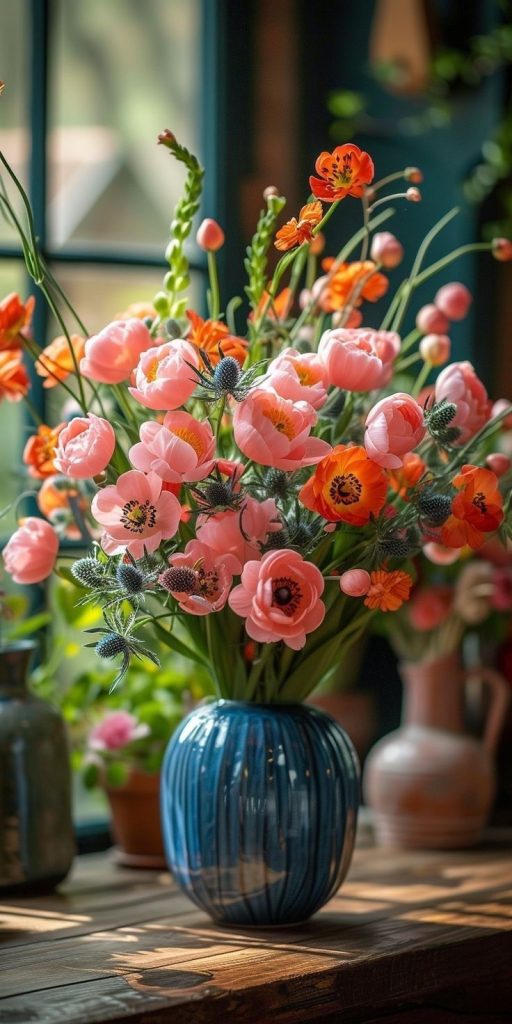
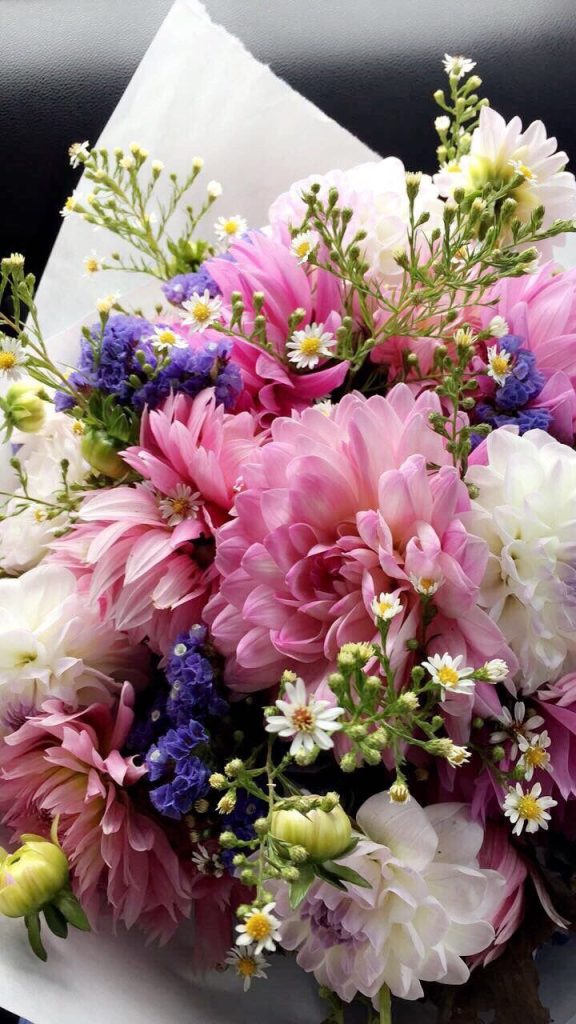
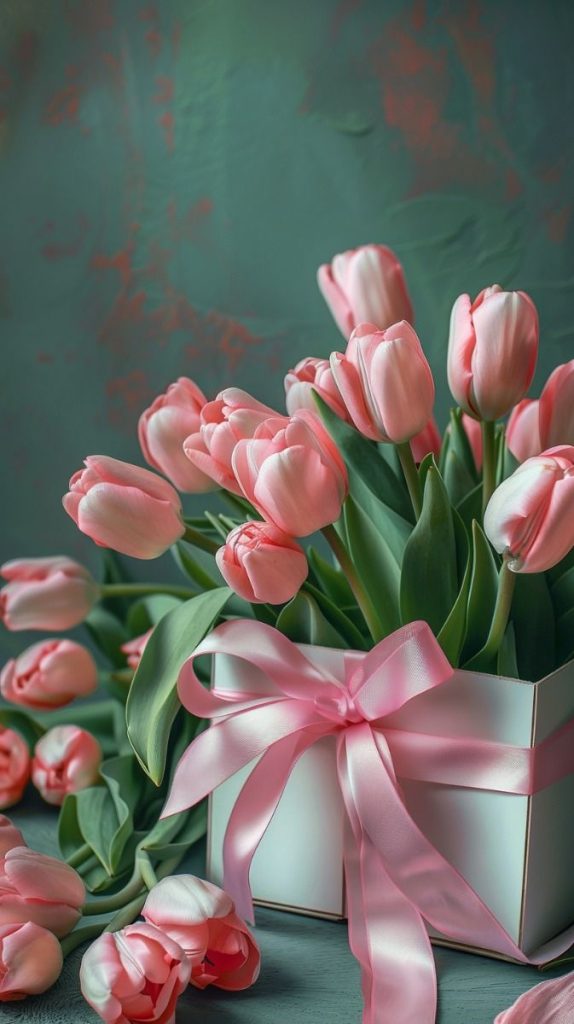
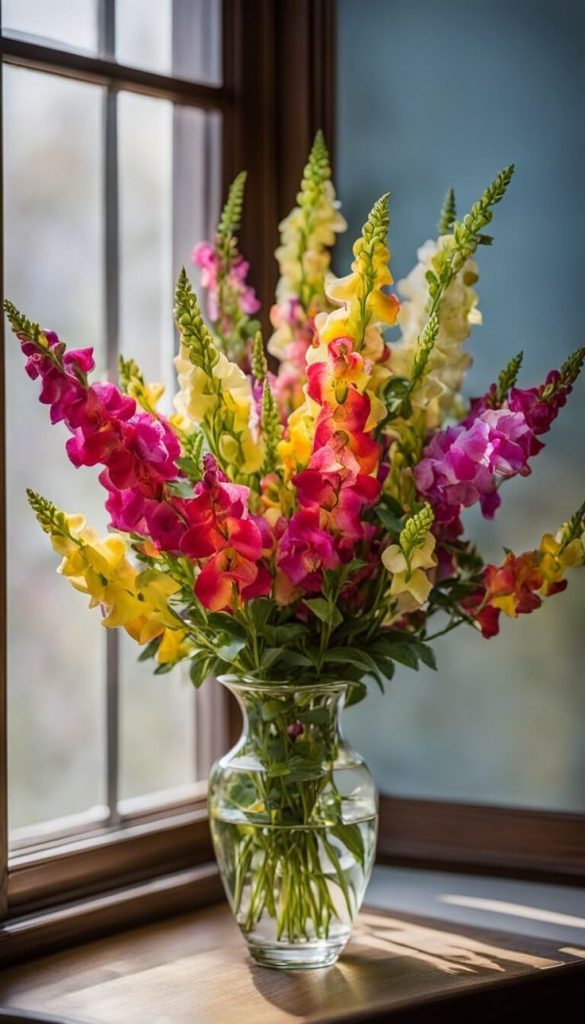
1. Choose the Right Plants:
- Consider Light Requirements: Select plants that thrive in the available light conditions in your home. Some plants require bright, direct sunlight, while others prefer low-light environments.
- Match Plants to Your Skill Level: Choose plants that align with your level of gardening experience. Some plants are more forgiving of neglect, while others require more attention to thrive.
2. Provide Adequate Light:
- Place Plants Near Windows: Position plants near windows where they can receive natural sunlight. South-facing windows typically provide the brightest light, while north-facing windows offer softer, indirect light.
- Supplement with Grow Lights: If natural light is limited, supplement with artificial grow lights. LED grow lights are energy-efficient and provide the full spectrum of light that plants need for photosynthesis.
3. Maintain Proper Humidity and Temperature:
- Monitor Humidity Levels: Indoor environments can be dry, especially during the winter months when heating systems are in use. Increase humidity around plants by misting them regularly or placing a humidifier nearby.
- Control Temperature: Most indoor plants prefer temperatures between 60-75°F (15-24°C) during the day and slightly cooler temperatures at night. Avoid placing plants near drafty windows or heating vents.
4. Water Wisely:
- Water According to Plant Needs: Different plants have different water requirements. Some prefer consistently moist soil, while others prefer to dry out slightly between waterings. Always check the soil moisture before watering.
- Use Room Temperature Water: Use room temperature water when watering your plants, as cold water can shock the roots. Allow excess water to drain away to prevent root rot.
5. Provide Proper Drainage:
- Choose Well-Draining Containers: Use pots with drainage holes to prevent water from pooling at the bottom of the container. Proper drainage helps prevent root rot and allows oxygen to reach the roots.
- Use a Saucer or Tray: Place pots on a saucer or tray to catch excess water and prevent water damage to furniture or floors.
6. Fertilize Regularly:
- Feed Plants During Growing Season: Fertilize indoor plants regularly during the growing season to provide essential nutrients. Use a balanced, water-soluble fertilizer diluted to half strength to avoid over-fertilizing.
- Reduce Fertilization in Winter: During the winter months when plant growth slows down, reduce fertilization frequency to avoid nutrient buildup in the soil.
7. Monitor for Pests and Diseases:
- Inspect Plants Regularly: Keep an eye out for signs of pests such as aphids, mealybugs, or spider mites. Remove any affected leaves or treat the infestation with natural insecticidal soap.
- Practice Good Hygiene: Keep indoor gardening tools and containers clean to prevent the spread of diseases. Quarantine new plants until you are sure they are pest and disease-free.
8. Prune and Maintain:
- Prune Regularly: Remove dead or yellowing leaves, spent flowers, and leggy growth to encourage bushier, healthier plants. Pruning also helps improve airflow and prevents overcrowding.
- Rotate Plants: Rotate plants regularly to ensure balanced growth and prevent them from leaning toward the light source.
Conclusion:
With the right care and attention, you can create a thriving indoor garden filled with lush, healthy plants. By choosing the right plants for your space, providing adequate light, humidity, and temperature, watering and fertilizing properly, and monitoring for pests and diseases, you can enjoy the beauty of nature indoors year-round. Happy indoor gardening!